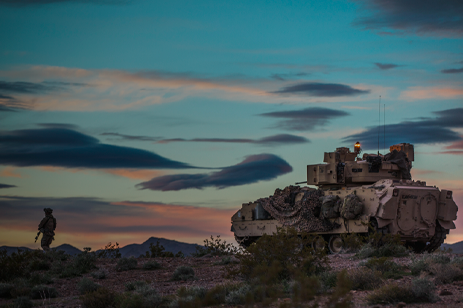
To counter increasingly sophisticated threats requires new capabilities derived from the latest commercially developed technology. Learn how XONE Technology, a provider of advanced COMINT and DF/Geolocation ISR products employing the latest in intelligent learning-driven technologies, leveraged Curtiss-Wright and other trusted partner technology to integrate battlefield dominant capability using a modular open systems approach (MOSA) to build their intelligence and surveillance receiver. Using interoperable small format factor (3U VPX) system building blocks from Curtiss-Wright, Annapolis Micro Systems, Leonardo DRS, and LCR Embedded Systems, XONE created their DAEDALUS receiver to deliver the overwatch capability needed by warfighters on the modern battlefield. The DAEDALUS receiver is SOSA and CMOSS aligned, enabling the best-in-class technology they selected from multiple vendors to integrate easily: including the critical server-class (CHAMP-XD1) compute and GPGPU (VPX3-4933) parallel processing engines required to power their application.
The new model for defense electronics is to grow at the speed of technology to counter evolving threats that are similarly advancing at the pace of technology. But how to do it? Let’s explore this with an example to illustrate the challenge, solution, and outcome of a critical sensing system deployed across fleets of mobile platforms.
Consider intelligence surveillance reconnaissance (ISR) receivers that find and geolocate signals of interest on the battlefield, protecting warfighters with direct threat warning (DTW) capability. Existing tactical geolocation receivers have limited positional accuracy and may miss short, fleeting single-hit transmissions. To counter peer/near-peer rivals, there is an urgent need for better direction-finding (DF) and geolocation capability of HF/VHF radio signals onboard space-constrained mobile platforms.
Recognizing the widening capability gap created as near-peer rivals continue to innovate, the Department of Defense (DoD) sought a replacement multi-mission, wide-stare ISR receiver with the functionality to identify and pinpoint sophisticated battlefield signals. The need was immediate, so the receiver had to be quick to develop and platform-agnostic for easy retrofitting to various vehicles.

